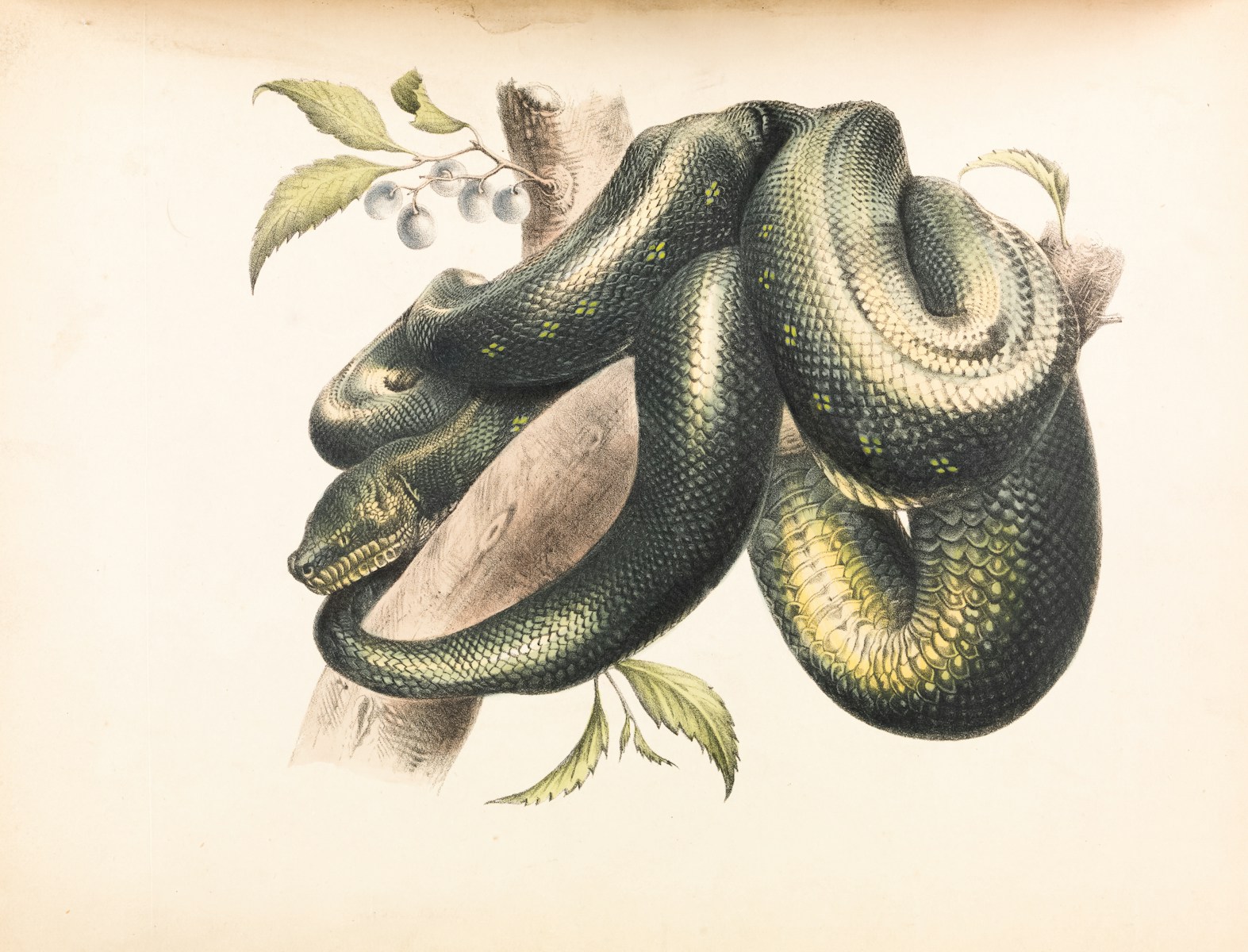Throughout the annals of human civilization, few creatures have captivated the human imagination quite like the snake. Sinuous, mysterious, and often feared, snakes slithered their way into the iconography of ancient royal power structures across multiple continents. From the gleaming golden cobra adorning the brow of Egyptian pharaohs to the serpent deities venerated in Mesoamerican cultures, snakes became potent symbols of divine authority, protection, and cosmic knowledge. This association wasn’t mere coincidence—it represented a profound connection between serpentine qualities and the idealized attributes of kingship. As we explore this fascinating intersection of zoology, psychology, and political power, we’ll uncover how and why these remarkable reptiles became enduring emblems of royal authority that continue to resonate through history and culture today.
The Universal Appeal of Serpent Symbolism

The adoption of snake symbolism by ruling elites wasn’t limited to a single culture or geographic region but emerged independently across civilizations separated by vast distances. From Egypt to India, Mesopotamia to Mesoamerica, serpents wound their way into royal insignia and mythology. This cross-cultural phenomenon suggests something universally compelling about snake symbolism that transcended linguistic and geographic boundaries. Snakes’ ability to shed their skin represented renewal and transformation—qualities coveted by rulers seeking immortality or dynastic continuity. Their deadly venom and lightning-quick strikes embodied lethal power that could be channeled defensively or offensively, mirroring the dual nature of kingship as both protector and potential destroyer. Additionally, many serpents’ ability to move between worlds—slithering on land, swimming in water, and hiding underground—made them natural symbols for rulers who claimed to mediate between the earthly and divine realms.
Ancient Egypt: The Uraeus as Royal Protector
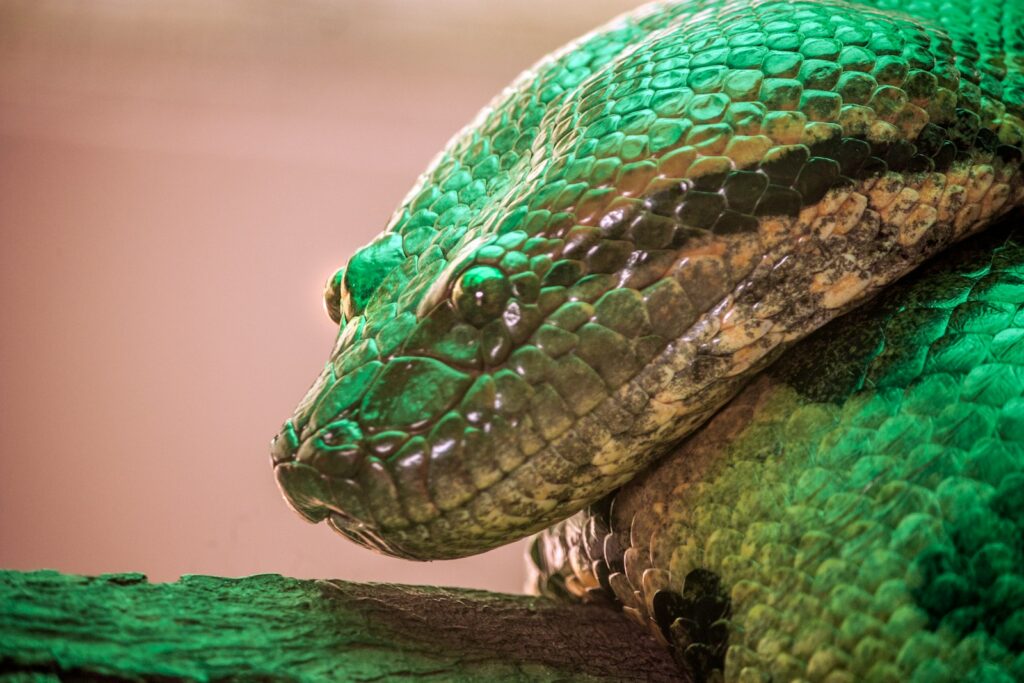
Perhaps no civilization embraced serpent symbolism more prominently than ancient Egypt, where the uraeus—a rearing cobra—became the most recognizable element of pharaonic regalia. Adorning the front of the royal crown or headdress, this cobra represented the goddess Wadjet, fierce protector of Lower Egypt and the pharaoh himself. The image of the cobra poised to strike conveyed an immediate message: approach the pharaoh with malicious intent, and face divine vengeance. Archaeologists have discovered countless representations of the uraeus throughout three thousand years of Egyptian history, demonstrating its remarkable staying power as a symbol of legitimate rule. When Tutankhamun’s tomb was opened in 1922, his famous golden death mask featured the uraeus prominently, still keeping watch over the boy king millennia after his death. The uraeus represented not merely protection but legitimacy—only the true pharaoh could wear this powerful symbol, making it perhaps history’s earliest example of restricted royal branding.
Mesopotamian Serpent Deities and Royal Authority
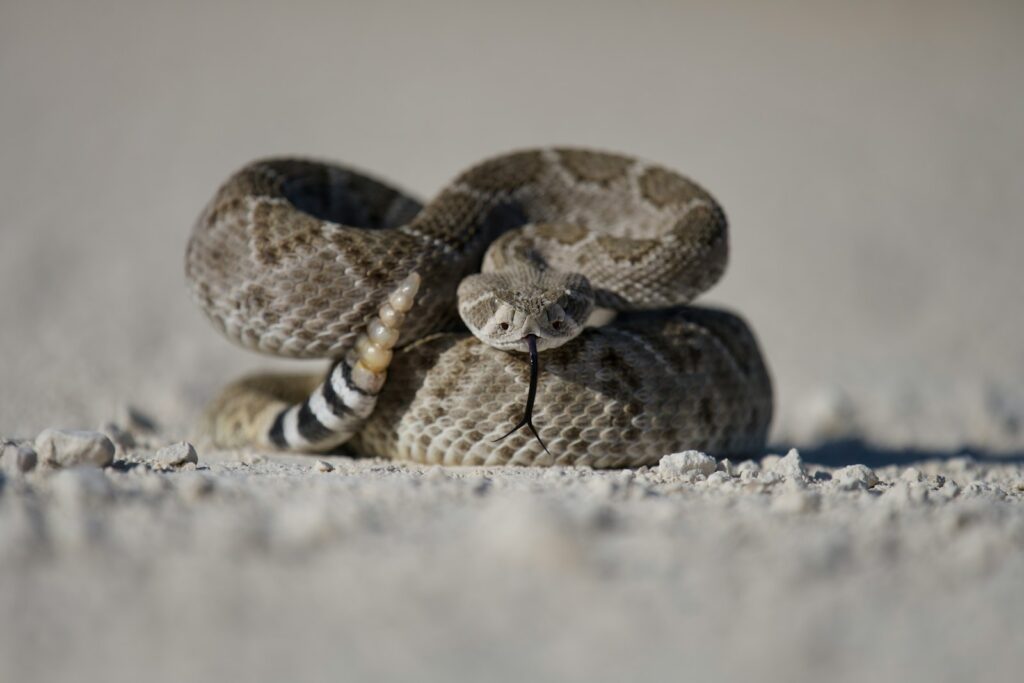
In ancient Mesopotamia, serpents occupied a complex position in royal symbolism through their association with powerful deities. The god Ningishzida, sometimes depicted as a serpent-dragon hybrid, was considered a throne bearer and guardian of the palace gates, directly linking serpentine power to royal protection. King Gudea of Lagash (circa 2144-2124 BCE) prominently featured twin serpent-dragons on his famous vase, demonstrating his divine right to rule through association with these powerful entities. Mesopotamian rulers also embraced the wisdom aspect of serpent symbolism—snakes were considered holders of secret knowledge in many Sumerian and Babylonian texts. The epic of Gilgamesh notably features a serpent that steals the plant of immortality from the hero, reinforcing the snake’s connection to both eternal life and divine wisdom, qualities that kings desperately sought to possess or control. Through association with these serpentine deities and their attributes, Mesopotamian monarchs positioned themselves as divinely appointed mediators between humans and gods.
The Cobra Goddesses of Egypt: Wadjet and Nekhbet

The Egyptian association between royal power and serpents extended beyond the uraeus to entire goddesses embodied as cobras. Wadjet, represented as a cobra, served as the protective deity of Lower Egypt and became one of the “Two Ladies” in the pharaoh’s official titulary. Her counterpart Nekhbet, though primarily depicted as a vulture, occasionally took serpent form, particularly when representing Upper Egypt in royal contexts. Together, these powerful female divinities symbolized the unified kingdom under pharaonic rule. The combination of these two goddesses in royal regalia represented the king’s dominion over both the northern and southern regions of ancient Egypt, a political unity reflected in cosmic divine protection. When a pharaoh ascended to the throne, ceremonies often invoked both goddesses to transfer their protective powers to the new ruler. Their prominence in coronation rituals underscored the essential relationship between serpentine divine forces and legitimate kingship, creating an unbroken chain of sacred authority stretching back to Egypt’s first dynasties.
Serpents and Creation Mythology

Many ancient cultures associated serpents with primordial creation forces, allowing kings who adopted serpent symbolism to tap into fundamental cosmic power. In Egyptian mythology, the god Atum arose from the primeval waters in the form of a serpent, while the great serpent Apophis represented chaos that threatened cosmic order—which the pharaoh, representing Ma’at (order), was duty-bound to defeat. This positioning of the king as essential to maintaining cosmic harmony against serpentine chaos, while simultaneously drawing power from beneficial serpent forces, created a powerful theological justification for royal authority. Similar patterns emerged in other cultures, such as the Norse Jörmungandr encircling the world or the Hindu cosmic serpent Ananta supporting Vishnu during creation. By associating themselves with serpent symbols, kings positioned themselves within these cosmic narratives—not merely as political leaders but as essential participants in the ongoing drama of creation and maintenance of universal order. This association with creation myths elevated the king from mere mortal ruler to cosmic necessity, making resistance to royal authority equivalent to threatening the fundamental order of existence.
Mesoamerican Feathered Serpents and Royal Power

Across the Atlantic, Mesoamerican civilizations developed their own profound connections between serpent deities and royal authority, most famously through the feathered serpent deity known as Quetzalcoatl to the Aztecs and Kukulkan to the Maya. This divine being represented the perfect union of earth (snake) and sky (bird), embodying dual cosmic domains—a potent symbol for rulers who similarly claimed to bridge worlds. Archaeological evidence from sites like Teotihuacan and Chichen Itza reveals how serpent iconography dominated royal architecture, with massive feathered serpent sculptures adorning temple façades dedicated to this powerful deity. Maya rulers particularly embraced the “Vision Serpent” in their royal iconography, depicting themselves emerging from the mouths of great serpents during bloodletting rituals that allowed communion with ancestral and divine realms. For Mesoamerican kings, the serpent represented not just power but transformation and the ability to transcend normal human limitations—to literally enter the realm of the gods through ritual and return with divine knowledge that justified their rule. These associations became so fundamental that even after the Spanish conquest, serpent symbolism persisted in syncretic forms, demonstrating the remarkable resilience of this connection between serpents and authority.
Serpents as Guardians of Sacred Knowledge
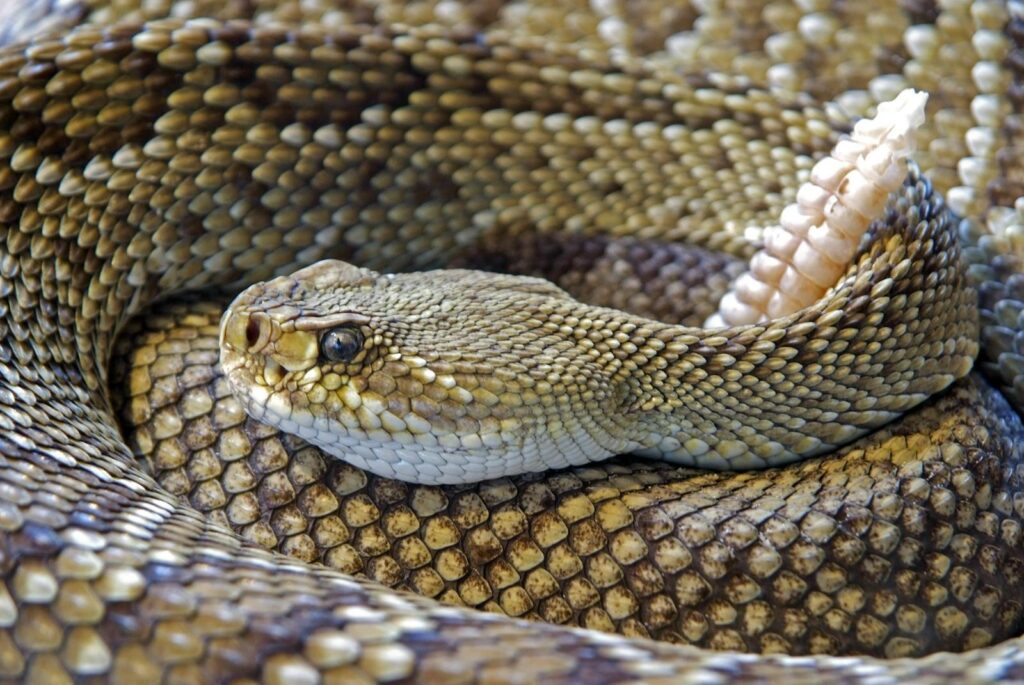
Beyond their protective aspects, snakes were widely regarded as guardians and possessors of hidden wisdom, making them perfect symbols for rulers who claimed exclusive access to divine knowledge. In Greek mythology, the Pythia—Oracle of Delphi—derived her prophetic powers from the python slain by Apollo, creating a direct link between serpents and foreknowledge that kings sought to control. The biblical narrative of the serpent in Eden similarly positioned the creature as a holder of forbidden knowledge, though from a negative perspective in that context. Ancient Indian traditions revered the nagas—serpent deities—as guardians of sacred knowledge and treasures, particularly associated with water and fertility, crucial concerns for successful kingship. Kings across cultures who adopted serpent symbolism implicitly claimed access to this hidden wisdom, positioning themselves as possessors of special knowledge unavailable to ordinary people. This association made serpent symbolism particularly valuable for royal priesthoods and mystery cults where rulers claimed direct communication with divine forces beyond the comprehension of common subjects.
The Duality of Serpent Symbolism in Kingship
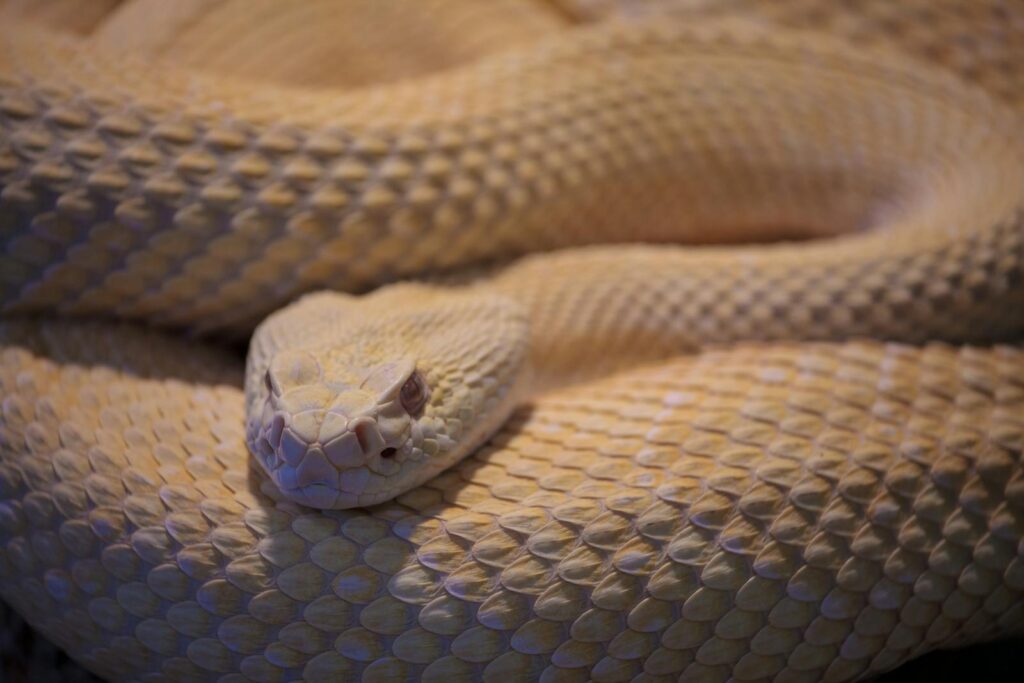
Serpent symbolism carried inherent duality that perfectly mirrored the complex nature of kingship itself—simultaneously protective and potentially deadly, regenerative yet connected to the underworld. Kings who adopted serpent imagery embraced this duality, presenting themselves as nurturing protectors of their people while simultaneously warning potential enemies of their deadly power. The Egyptian goddess Meretseger, the “She Who Loves Silence” who guarded the Valley of the Kings as a cobra deity, exemplified this duality—protecting the royal tombs but delivering painful death to those who violated them. This balanced symbolism allowed rulers to present different aspects of their authority to different audiences without contradiction. Much like a snake conserves energy until striking with sudden, decisive force, wise kings cultivated images of calm deliberation punctuated by swift justice when necessary. The snake’s ability to represent both life (through rejuvenation and fertility associations) and death (through venom) made it an ideal symbol for rulers who controlled both prosperity and punishment within their realms.
Snake Cults and Royal Legitimacy

Many ancient kingdoms developed formal religious cults centered around serpent deities, which rulers manipulated to enhance their legitimacy. The snake cult at Glyphis in ancient Greece required initiation rituals that likely included handling snakes, demonstrating the initiate’s special relationship with these powerful creatures. In West Africa, particularly in Dahomey (modern Benin), royal power became intimately connected with python worship, with kings maintaining sacred snake houses within palace compounds and claiming spiritual authority through their ability to interact safely with these revered reptiles. These formalized religious practices created institutional frameworks that reinforced the special relationship between ruler and serpent power. Kings often portrayed themselves as high priests or chosen representatives of these serpent deities, further cementing their claim to rule through divine selection. By controlling access to serpent cult practices and positioning themselves at the apex of these religious hierarchies, monarchs transformed popular reverence for snakes into practical political authority.
Serpent Artifacts in Royal Tombs
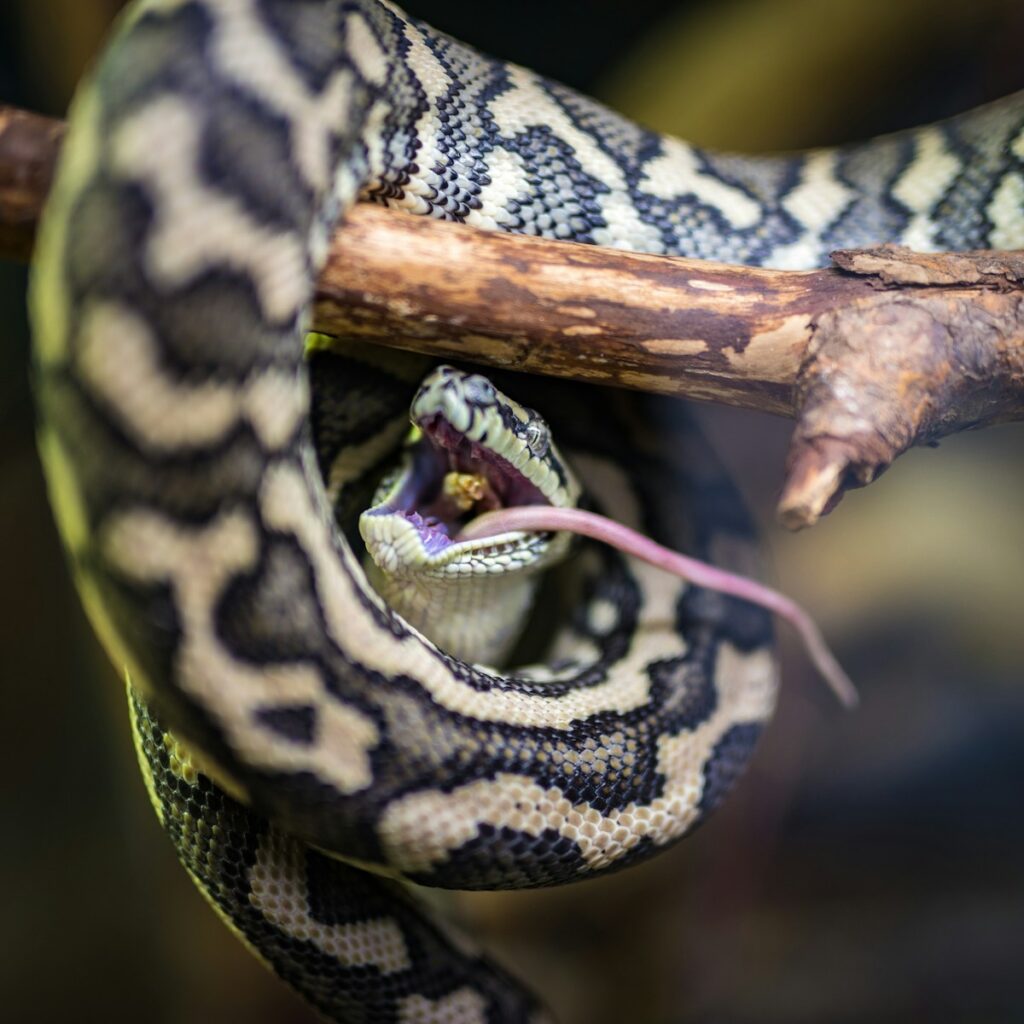
Archaeological discoveries continue to reveal the prominence of snake imagery in royal burial contexts across diverse ancient civilizations, suggesting these symbols were intended to protect and empower rulers even in the afterlife. The famous pectoral of Tutankhamun features prominent winged serpents surrounding a scarab, combining multiple symbols of protection and rebirth in a single magnificent ornament. Chinese royal tombs from the Han dynasty have yielded jade burial suits with serpent motifs designed to preserve the body and assist the soul’s journey to the afterlife. Scythian royalty were frequently buried with golden serpent ornaments twisted into torcs and bracelets, showcasing both their wealth and spiritual connection to serpent power. These burial artifacts suggest that the association between royalty and serpents extended beyond earthly rule into conceptions of the afterlife and immortality. The consistent presence of snake imagery across diverse burial traditions indicates a shared belief that serpentine power continued to protect and empower rulers in their post-mortem existence, perhaps even facilitating their transformation into divine beings themselves.
Alchemical Connections: Serpents and Royal Immortality
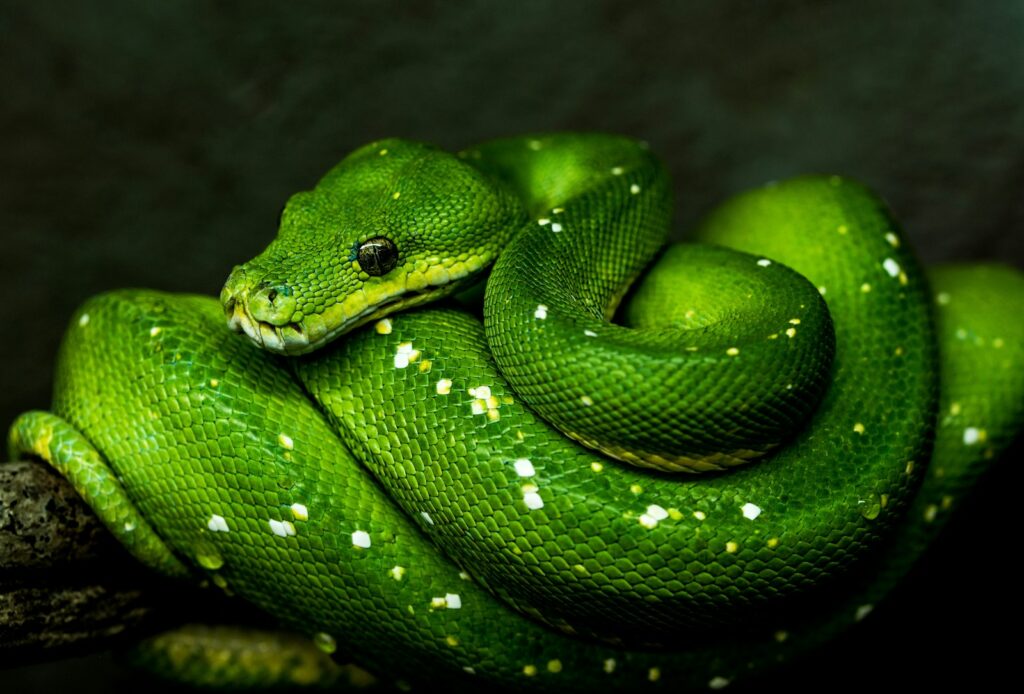
As ancient kingship evolved into more sophisticated forms, the association between serpents and royal power took on alchemical dimensions, particularly regarding the pursuit of immortality. Chinese emperors became obsessed with the ouroboros—the snake eating its tail—as a symbol of eternal renewal and the cyclical nature of existence. The First Emperor, Qin Shi Huang, famously dispatched expeditions in search of immortality elixirs, guided by beliefs that involved serpent symbolism and the regenerative power associated with snakes shedding their skin. In medieval European alchemy, which evolved from ancient Egyptian and Greek traditions, the serpent represented transformation and the philosopher’s stone—the ultimate goal of alchemical work that promised immortality and transmutation of base metals into gold. These alchemical associations extended serpent symbolism beyond mere protection into the realm of fundamental transformation—the ultimate power that kings sought to control. The persistence of serpent imagery in royal alchemical texts demonstrates how snake symbolism evolved alongside developing concepts of kingship, maintaining relevance by adapting to new frameworks of royal power and legitimacy.
Modern Echoes of Ancient Serpent Symbolism
Though most monarchies have abandoned explicit serpent symbolism in favor of more abstract representations of power, echoes of the ancient association between snakes and authority persist in modern contexts. The medical caduceus with its entwined serpents represents healing authority, while many military and police insignia incorporate subtle serpentine elements that harken back to protective aspects of snake symbolism. National symbols like Mexico’s eagle devouring a serpent (derived from Aztec royal imagery) continue to resonate with political authority, connecting modern nation-states to ancient sources of legitimacy. The psychological impact of serpent imagery remains powerful, explaining why snake symbolism continues to appear in contexts where authority needs to be established or reinforced. Corporate logos, security company insignia, and pharmaceutical branding often incorporate subtle serpentine elements, suggesting the enduring psychological association between serpents and power has outlived its explicitly royal connections. These modern adaptations demonstrate the remarkable resilience of associations first established by ancient kings who recognized the powerful symbolic potential of these fascinating reptiles.
Conclusion: The Enduring Power of Serpent Symbolism
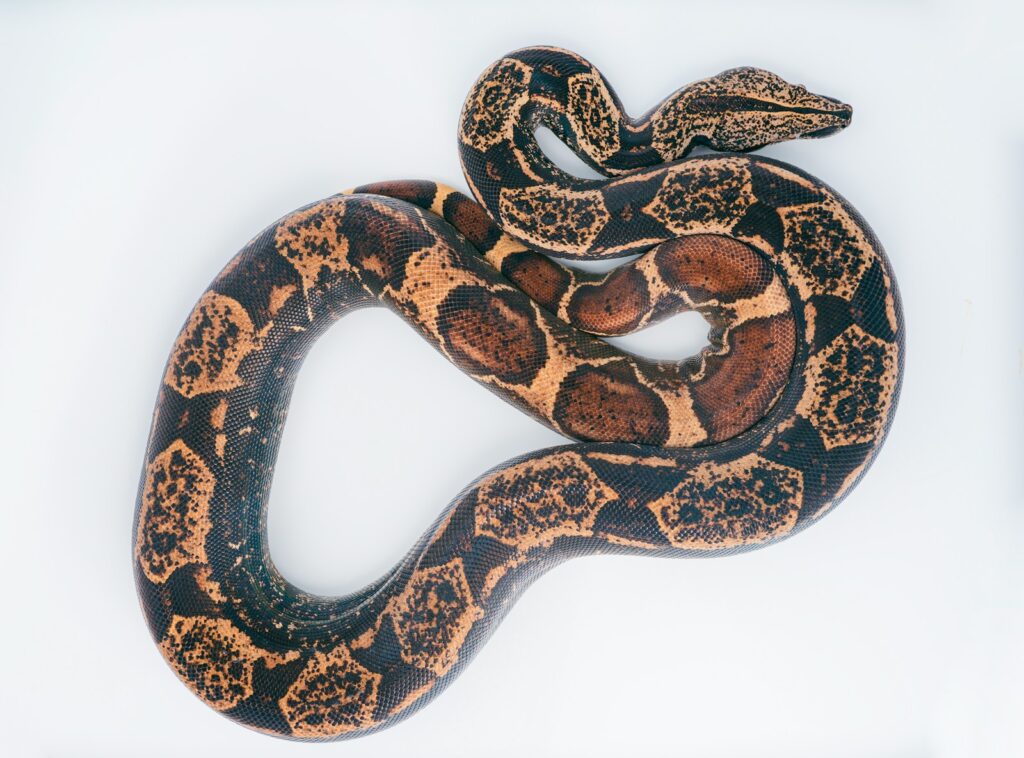
The association between snakes and royal power represents one of humanity’s most enduring symbolic relationships, spanning continents and millennia with remarkable consistency. From the glittering uraei of Egyptian pharaohs to the feathered serpents of Mesoamerican kings, these reptiles provided powerful visual shorthand for the complex attributes of ideal kingship: protection, transformation, deadly power, hidden knowledge, and cosmic connection. The universal nature of this symbolism suggests something fundamental about how humans perceive both serpents and power—recognizing parallels between the qualities of these remarkable creatures and the attributes necessary for successful rule. Though few modern leaders explicitly adopt serpent imagery, the psychological associations established by ancient kings continue to influence how authority is represented and perceived. The story of how snakes became symbols of royal power offers a fascinating window into how human societies construct and legitimize authority through natural symbolism, creating lasting associations that transcend specific cultural contexts. In the sinuous form of the serpent, ancient kings found the perfect embodiment of power’s complexity—beautiful yet dangerous, earthbound yet cosmic, feared yet essential.

